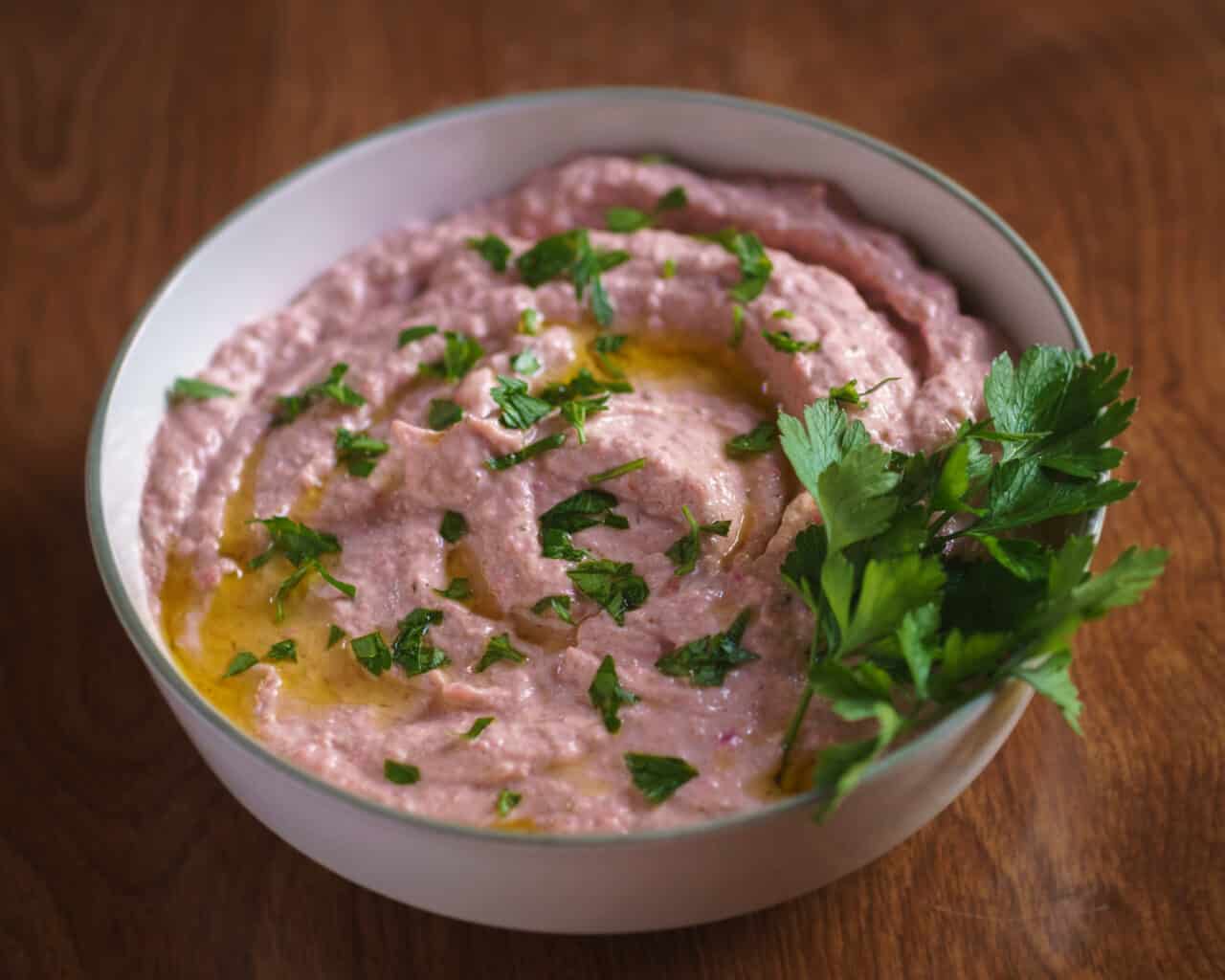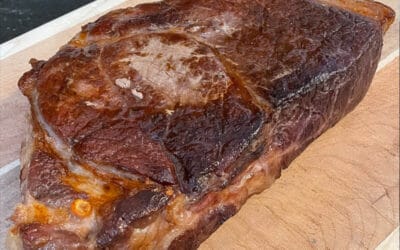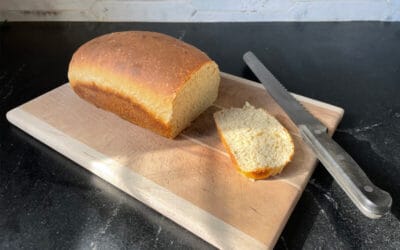Fall is just around the corner and with it, greens return to the market. I was pleased to see chard at the market last week. It’s a green that can, to a point, handle our hot summers, but this dry, hot one was a bigger challenge than usual. Hopefully fall will bring rain as well as cooler temperatures – and with them, many more greens!
Chard, or Swiss Chard, is a relative of beets, which is most obvious when you look at the red varieties, named things like rhubarb or ruby. Like rhubarb, beet greens, and spinach, chard is high in oxalic acid, which lends it a tangy flavor (and makes rhubarb – otherwise unrelated to chard – unpalatable to most without sugar, and its leaves toxic!). Unlike stronger greens such as collards, there is no bitterness in chard, but, unlike spinach, it does have a distinctive, earthy flavor.
Chard comes in several other colors, in addition to red, making it a beautiful addition to the market and your table. The stem and veins can be white, yellow, red, pink and orange. The leaves are mostly bright green, except in the reddest varieties, which are a dark green and red. The names are colorful: pink flamingo, bright lights, rainbow, silverado, and oriole, to name a few varieties.
Tiny chard leaves find their way into salad mixes, and chard leaves of all sizes can be prepared like spinach or kale. But what about the stems? For a sauté or stir fry you can simply start the chopped stems first and then add the greens as the stems begin to get tender. The stems are wonderful on their own, though. Their bright colors are beautiful in pickles, sautés, and baked.
A new recipe for me this year is chard stem hummus. It’s really more like baba ganouj: a vegetable cooked until soft and blended with tahini and seasonings into a savory dip. The color of the dip depends on the color of the stems. White chard looks most like a regular hummus while darker pinks and reds turn it pink. I’m a sucker for pink so I went with the darkest pinks and reds I had. With a sprinkle of green herbs it’s a beautiful color combination.
Unlike baba ganouj this recipe surprisingly tastes most like regular, chickpea hummus. This is an excellent discovery for someone wanting to use up leftover stems or feed someone eating paleo-style. Or just for fun and something colorful and different! This recipe comes from Tara Duggan’s Root-to-Stalk Cooking, via Food 52.
Chard Stalk Hummus
From Root to Stalk Cooking by Tara Duggan
Makes 1 cup
- Chard stalks from 1 pound whole chard, trimmed and chopped
- 1 whole clove garlic, peeled
- ¼ cup tahini
- ¼ cup extra-virgin olive oil, plus more for drizzling
- 2 tablespoons fresh lemon juice
- ½ teaspoon kosher salt
- Bring a large pot of water to boil and cook the stalks until very tender, 18 to 20 minutes. Drain.
- Place the garlic in a food processor and pulse until chopped. Add the chard stalks and purée, then add the remaining ingredients and process until very smooth.
- Transfer to a shallow bowl, drizzle with olive oil, and serve at room temperature. The hummus also can be stored in the refrigerator for up to 3 days. Return to room temperature before serving.
Go here for a printable recipe






0 Comments